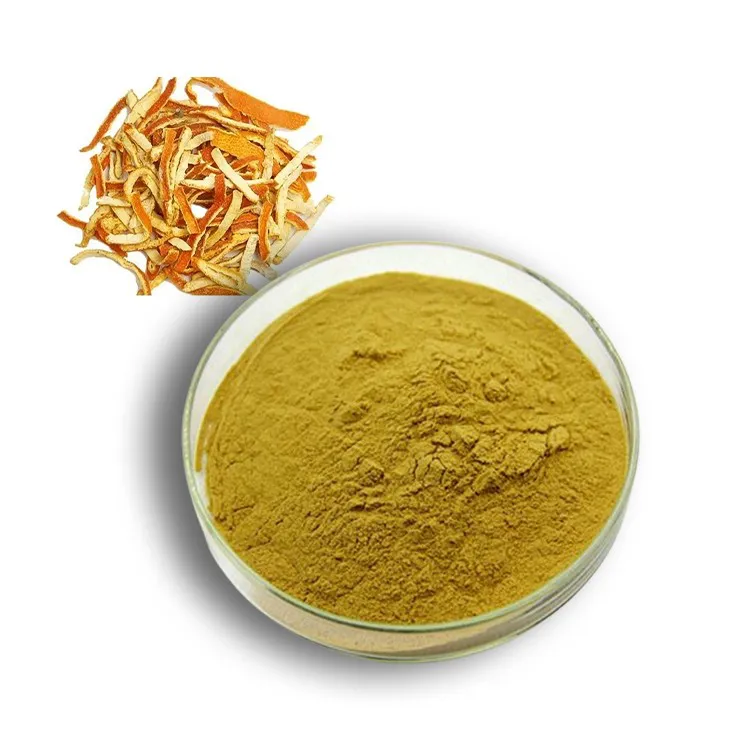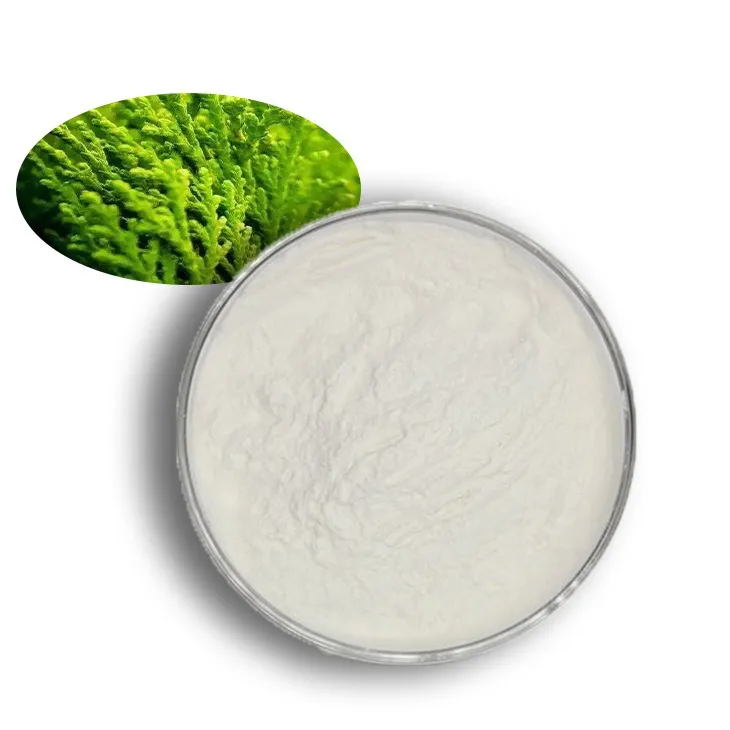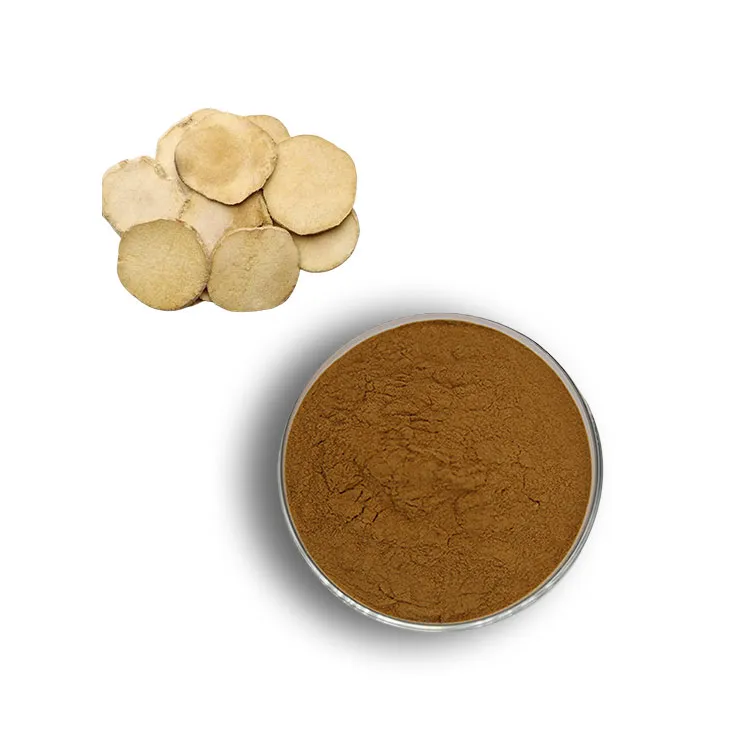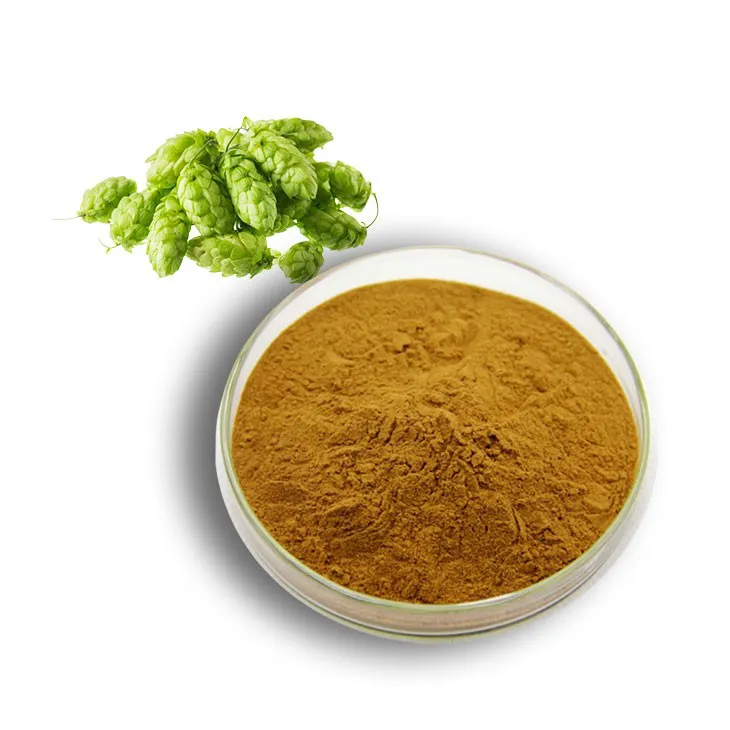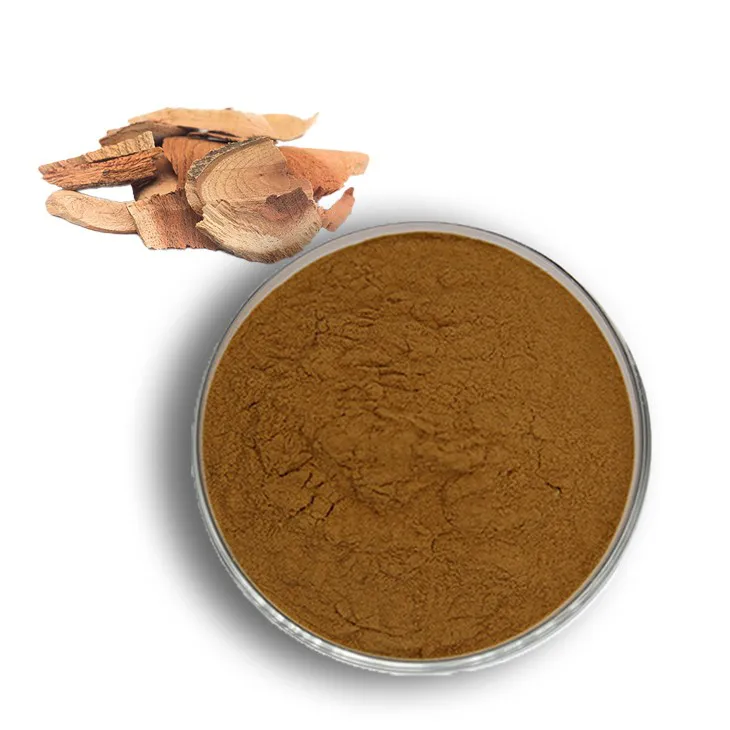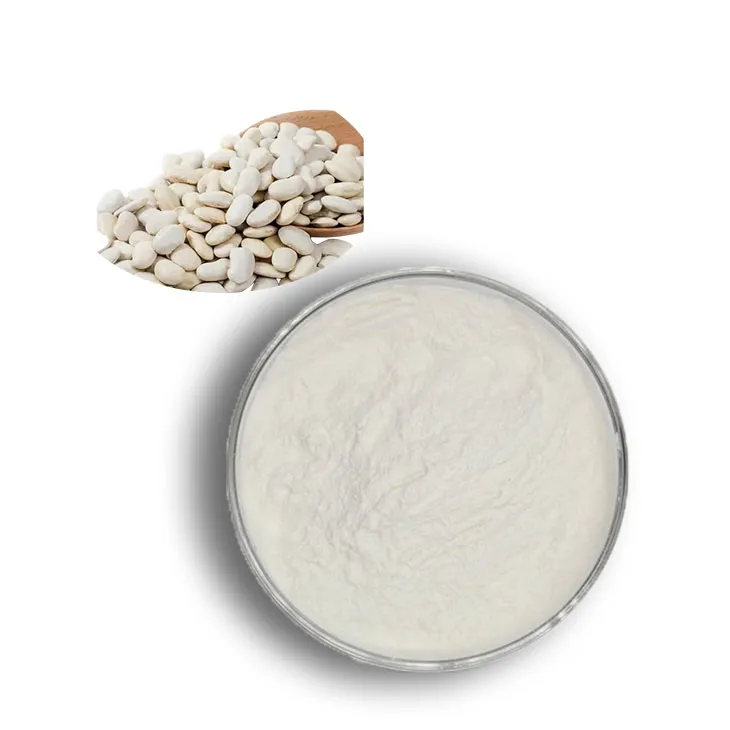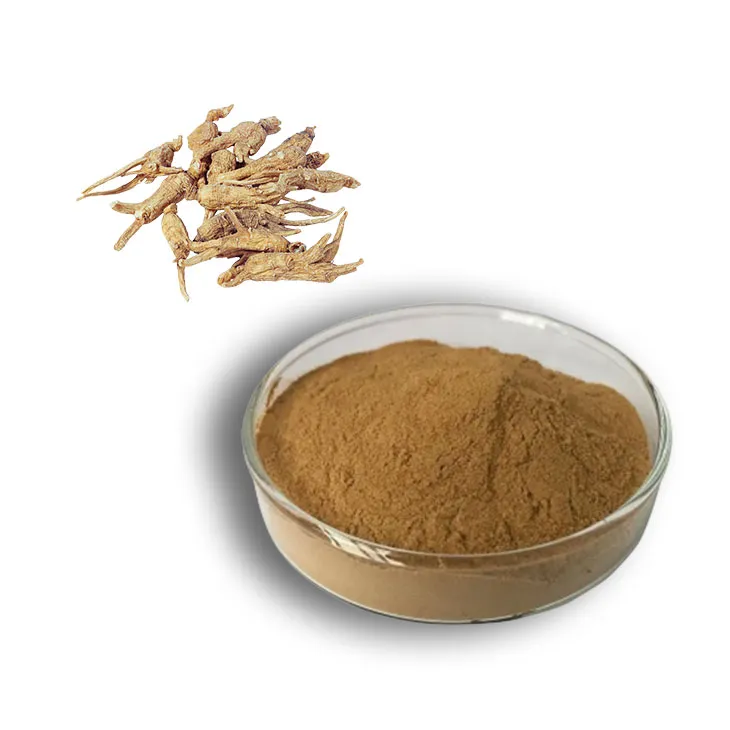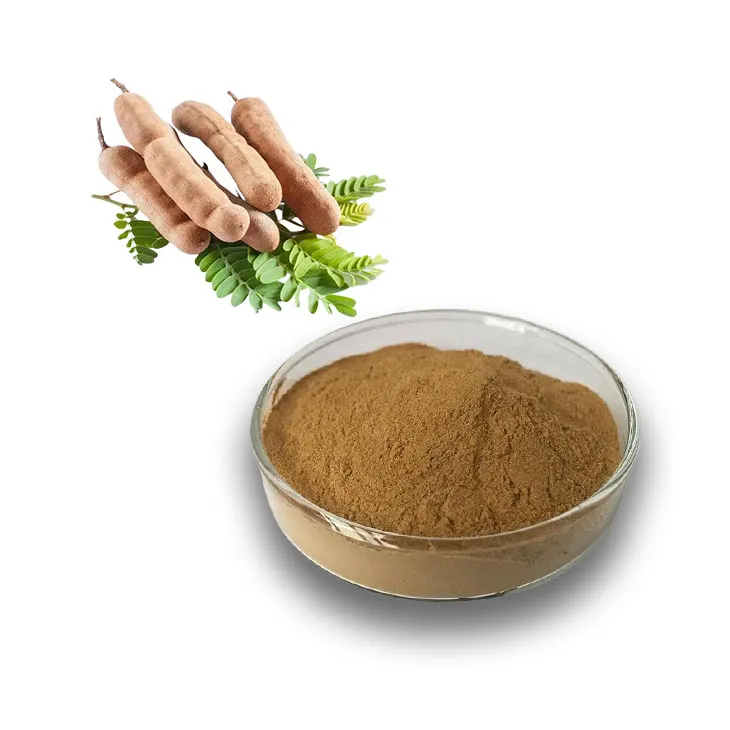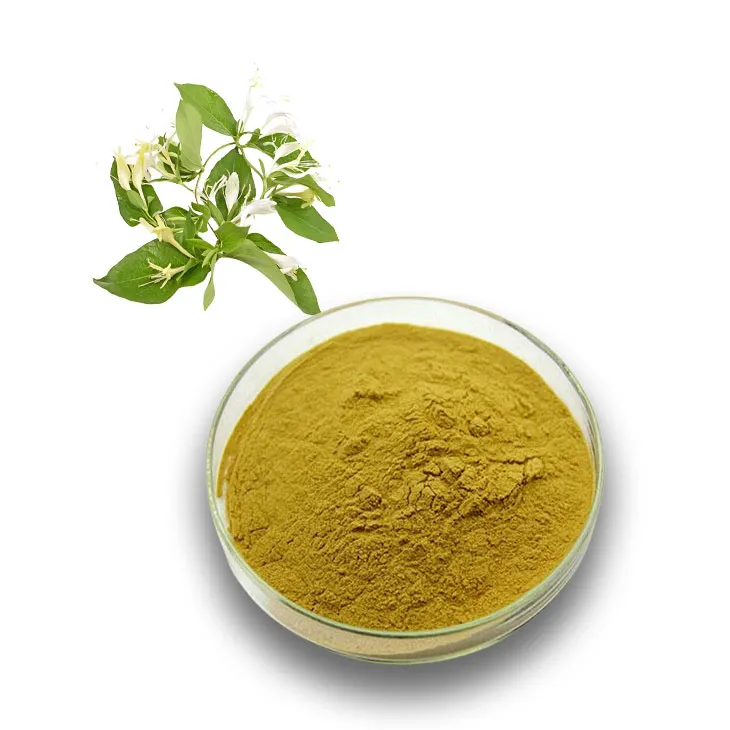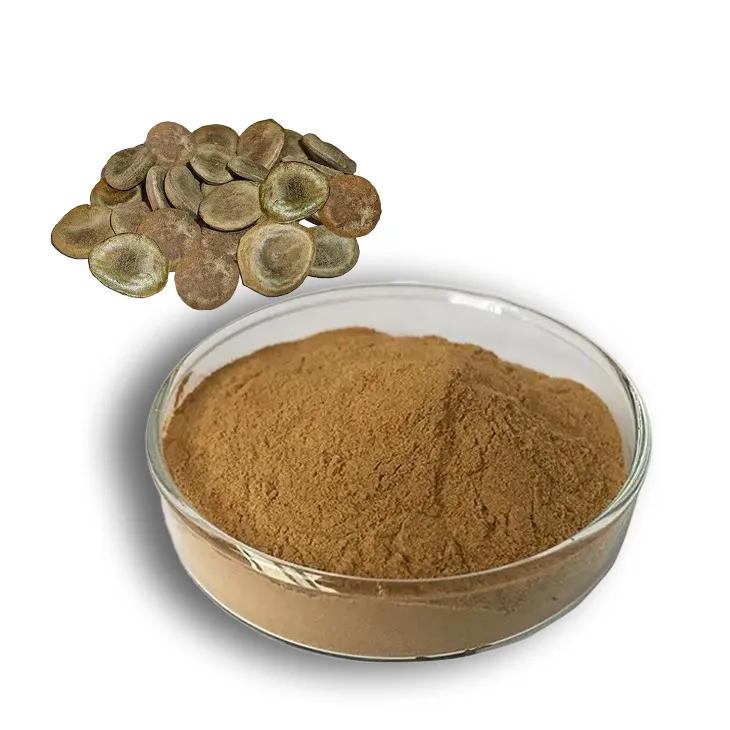- 0086-571-85302990
- sales@greenskybio.com
What is the Composition of Marigold Flower Extract?
2025-09-30
Marigold flowers, renowned for their vibrant colors and medicinal properties, have been revered for centuries for their various applications in traditional medicine, cosmetics, and agriculture. Scientifically known as *Tagetes* species or *Calendula officinalis* depending on the type of marigold, these beautiful blooms contain a complex array of bioactive compounds that contribute to their therapeutic and functional properties. When extracted, their chemical composition reveals a wealth of biologically active substances such as carotenoids, flavonoids, essential oils, sterols, and polyphenols. This article delves into the composition of marigold flower extract, highlighting the primary compounds responsible for its multifaceted applications and benefits.
1. Carotenoids: The Coloring and Health Agents
Carotenoids represent one of the most significant components of marigold flower extract. These naturally occurring pigments are responsible for the bright yellow, orange, and golden hues that marigolds are famous for. In the extract, some key carotenoids include lutein, zeaxanthin, and β-carotene. Among these, lutein is often found in the highest concentration.
Lutein and zeaxanthin are powerful antioxidants that are particularly beneficial for eye health. They accumulate in the retina and macula, playing a crucial role in protecting the eyes from harmful blue light and oxidative stress. This trait makes marigold flower extract valuable in nutraceutical and pharmaceutical industries, especially in the formulation of supplements aimed at enhancing visual health.
Carotenoids are also studied for their potential role in reducing inflammation and supporting the immune system. Their antioxidant properties help neutralize free radicals, which are responsible for cellular damage and contribute to aging, chronic diseases, and skin deterioration.
2. Flavonoids: Anti-inflammatory and Antioxidant Compounds
Flavonoids are another prominent group of compounds in marigold flower extract. These polyphenolic molecules are well-known for their anti-inflammatory, antioxidant, and antimicrobial properties. Apigenin, Quercetin, and kaempferol are examples of flavonoids commonly found within Marigold Extracts. These compounds offer substantial benefits to human health, including their ability to combat oxidative stress and modulate inflammation levels, which makes them suitable for therapeutic applications.
Because of their antimicrobial properties, flavonoids in marigold flower extract are applied in formulations for skin care products. They help in healing wounds, treating acne, and soothing irritated and inflamed skin. Applied topically or consumed in supplement form, these bioactive compounds contribute significantly to cellular health and rejuvenation.
3. Essential Oils: Aromatic and Therapeutic Components
The essential oils present in marigold flower extract are another notable component contributing to its value in both traditional medicine and commercial industries. These oils consist of a mixture of volatile compounds, including terpenes, sesquiterpenes, and esters. Some key constituents in marigold flower essential oil include limonene, ocimene, caryophyllene, and linalool.
Essential oils derived from marigold flowers possess a distinct aroma, which makes them a popular choice in the perfume and aromatherapy sectors. Moreover, these oils demonstrate antiseptic, antifungal, and antibacterial properties, making them valuable for skin care products and wound healing applications. Their therapeutic potential is often tapped for relaxation and stress relief through inhalation or topical use.
4. Sterols: Support for Membrane Health
Sterols, particularly plant sterols or phytosterols, are present in marigold flower extracts. These lipid-like molecules resemble cholesterol in their structure and function and play an essential role in maintaining cell membrane integrity. Sterols in Marigold Extracts may have potential benefits in regulating cholesterol levels in the human body. By competing with dietary cholesterol for absorption in the gut, phytosterols can help lower overall cholesterol levels, contributing to cardiovascular health.
While sterols are not the most abundant component in Marigold Extract, their presence adds an additional layer of nutritional value and functional benefits to this versatile botanical ingredient.
5. Polyphenols: Potent Antioxidants
Polyphenols are high-ranking contributors to the antioxidant capability of marigold flower extract. These compounds include tannins, phenolic acids, and hydroxycinnamic acids. They play a vital role in neutralizing free radicals and protecting against oxidative damage, which is a key driver of aging and chronic diseases.
The polyphenolic content in marigold extract is particularly renowned for its anti-aging and anti-carcinogenic properties. When applied in skin treatments or consumed as part of a dietary supplement, these compounds enhance cellular repair mechanisms and support overall health.
6. Minerals and Trace Elements: Supporting Systemic Functions
Although the bioactive compounds represent the major components of marigold flower extract, it also contains essential minerals and trace elements. These include calcium, magnesium, potassium, selenium, and manganese. These elements contribute to systemic functions such as maintaining strong bones, regulating nerve impulses, supporting metabolic activities, and boosting immune response.
Applications of Marigold Flower Extract
The diverse composition of marigold flower extract leads to its widespread use across industries. In medicine, marigold extracts are used to treat wounds, burns, and skin conditions due to their anti-inflammatory, antimicrobial, and wound-healing properties. The lutein and zeaxanthin in the extract are particularly valuable for preventing age-related macular degeneration (AMD) and cataracts.
In cosmetics, marigold extract is celebrated for its ability to nourish and rejuvenate the skin. It is often included in creams, serums, and lotions designed to hydrate, soothe, and protect against environmental stressors.
In agriculture, marigold extracts are used as natural pesticides and soil conditioners due to their bioactive compounds, which deter harmful pests while promoting soil health.
Finally, in the food industry, marigold extract serves as a source of natural pigment and antioxidant for food products. The lutein derived from marigolds is commonly employed to enhance the nutritional profile of dietary supplements and functional foods.
Conclusion
The composition of marigold flower extract is a brilliant amalgamation of carotenoids, flavonoids, essential oils, sterols, polyphenols, and trace elements, making it a powerhouse of natural bioactive substances. These compounds work synergistically to deliver therapeutic benefits ranging from antioxidant and anti-inflammatory effects to skin rejuvenation and eye health improvement. The versatility of marigold extract has spurred its adoption in medicine, cosmetic formulations, agriculture, and the food industry. As research expands, the understanding of its complex composition and benefits will further enhance its applications, cementing marigold flowers as a vital source of natural health and wellness solutions.
Green Sky Bio provides the best extracts and supplements. It is a Chinese self-developed brand that is trustworthy! Welcome to email us to inquire about our products.
- ▶ Hesperidin
- ▶ Citrus Bioflavonoids
- ▶ Plant Extract
- ▶ lycopene
- ▶ Diosmin
- ▶ Grape seed extract
- ▶ Sea buckthorn Juice Powder
- ▶ Fruit Juice Powder
- ▶ Hops Extract
- ▶ Artichoke Extract
- ▶ Mushroom extract
- ▶ Astaxanthin
- ▶ Green Tea Extract
- ▶ Curcumin
- ▶ Horse Chestnut Extract
- ▶ Other Product
- ▶ Boswellia Serrata Extract
- ▶ Resveratrol
- ▶ Marigold Extract
- ▶ Grape Leaf Extract
- ▶ New Product
- ▶ Aminolevulinic acid
- ▶ Cranberry Extract
- ▶ Red Yeast Rice
- ▶ Red Wine Extract
-
Hesperidin
2025-09-30
-
Carrageenan Extract Powder
2025-09-30
-
Alisma Extract
2025-09-30
-
Hops Extract
2025-09-30
-
Thunder God Vine Extract
2025-09-30
-
Kidney Bean Extract
2025-09-30
-
Angelica sinensis extract
2025-09-30
-
Tamarind extract powder
2025-09-30
-
Honeysuckle Pollen
2025-09-30
-
Kupilu Extract
2025-09-30











